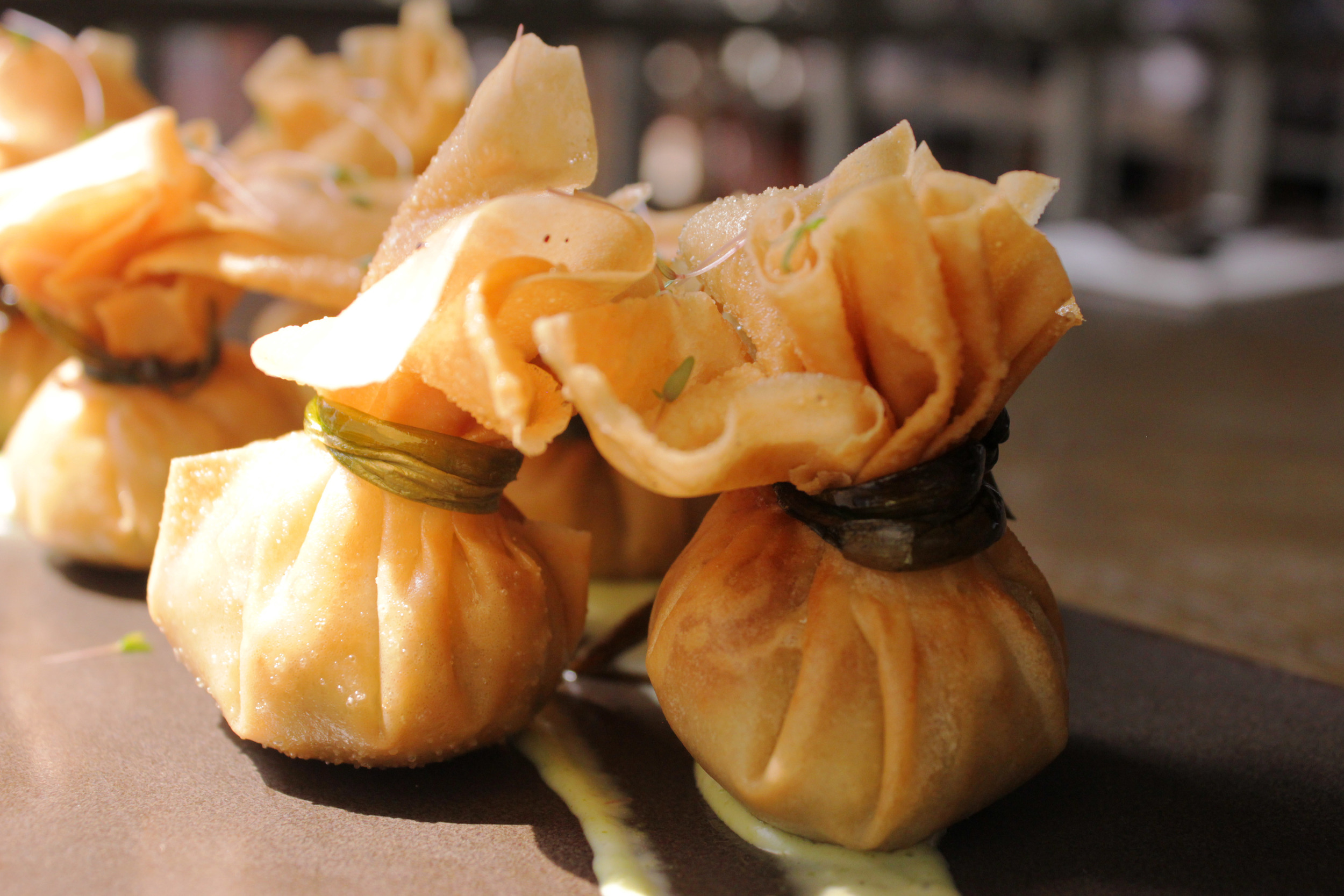The gorgeous day (or dreaded day, depending on how single or against commercialisation you are) of St. Valentine’s birth is almost upon us.
And while he gave his life saving people from persecution, modern day mechanics have made it all about chocolate, flowers and yippidy-doodle-doo.
Anyway, the one thing that hasn’t gone out of style like this day is the awkwardness that comes with it, and you know, the crushing fear of rejection and lonlineness. (Sigh.)
So we decided to come to your aid so that your chinna chinna aaseys (aaseys, not asses! But those also.) aren’t shot down brutally.
Cute Couple in low res #1. This could be you.
Presenting the very southern Courtship Checklist (or call it The Stages of South Indian Style Seducing, if you’re feeling like a naughty fellow.)
Step 1 : Eye Contact
It’s a tricky one, but with much practice in front of the mirror, you will be able to adopt a cool and not creepy eye-contact face. (Yes. All the facial muscles must be involved just for eye contact if it is to be meaningful.)
The idea is to somehow make it seem like your eyes are talking without a word actually being said. Attempt this no more than twice, and if her kajal-lined peepers speak back, continue to talk, but not talk, while taking frequent breaks to appear coy.
Sensitive is the new sexy. (#SensitiveSouthIndians)
Step 2: Jasmine Fluver For Your Luver
Do this only when certain of not being rejected. The act of wearing malligai in one’s hair, given by a significant other, is a sign of acceptance, communicating to said significant that their advances are welcome. It’s a traditional ‘relationship status’ of sorts, putting it out there. (well, up in your hair, anyway.)
Ladies, you can substitute the malligai with a pocket comb. Unless your man is into flowers. (Never imply that a woman must take only the flowers or the man only the comb. Being politically correct is exhausting, but totes worth it.)
Malligai for the bae, is definitely the way to go.
Cute Couples in low res #2. Yes, you.
Step 3: (Filter) Coffee Date
Once the flowers have been accepted, attempt a coffee date.
This is a conventional and acceptable method of courting that even your ajji would approve of. Lasts about 5-7 minutes, based on your preferred temperature at the time of consumption.
During this date, do not look to prolong this encounter with conversation as it might reflect poorly on your filter-kaapi etiquette.
As Marilyn Akka once said, some like it hot.
Step 4: Meals
It’s the ultimate test. No conversation, no courting—it’s time to get serious.
Take her to a good South Indian restaurant that serves meals, along with other things.
If she calls the waiter and says, “Boss, one Full Meals” of her own accord, and has more than two servings of rice, with ghee, ask her out with immediate effect. She is one-of-a-kind.
If she flips to the Chinese section of the menu and orders Chopsuey at said meals place—run!
Step 5: Bike Ride Badassery
Sitting on the bike is establishing the courtship to the world, like a badass.
Sunshades on, sari guard on, bike throttle on high—life is good, zipping around on your Royal Enfield, with him/her sitting sideways (remember that political correctness?), sharing earphones, listening to some sick southern beats.
Cute Couples in low res #3. You and your boo.
Step 6: 6 am Seducing
Nothing says ‘you’re the first thing on my mind’ quite like steaming hot thatte idlis with very best chutney on the side. (Throwing in a vada wouldn’t hurt either. But that depends on where you throw it.)
If she orders a kesari baath at the end of this early morning encounter, consider the deal sealed with this sweetness.
Anyway, best of luck courting the kutti of your dreams.
To help you on the fly, on the day which is V Day, here’s a little summary we call the 7 Cs—(eye) Contact , (not be a) Creep, (flowers for hair means codeword) Comb, (filtering through) Coffee, (run if she says) Chopsuey, (display of) Courtship (on bike), (idli and) Chutney.









































